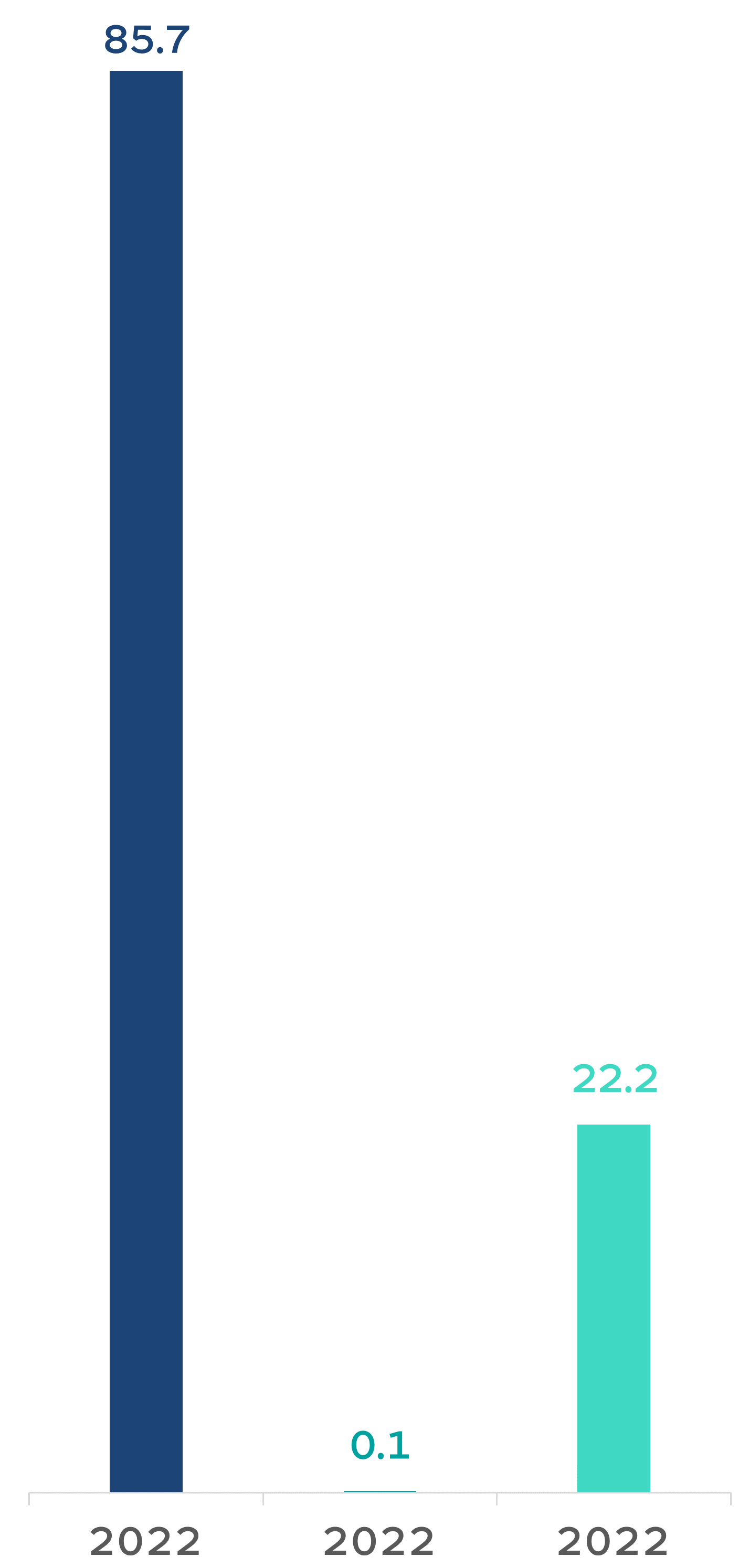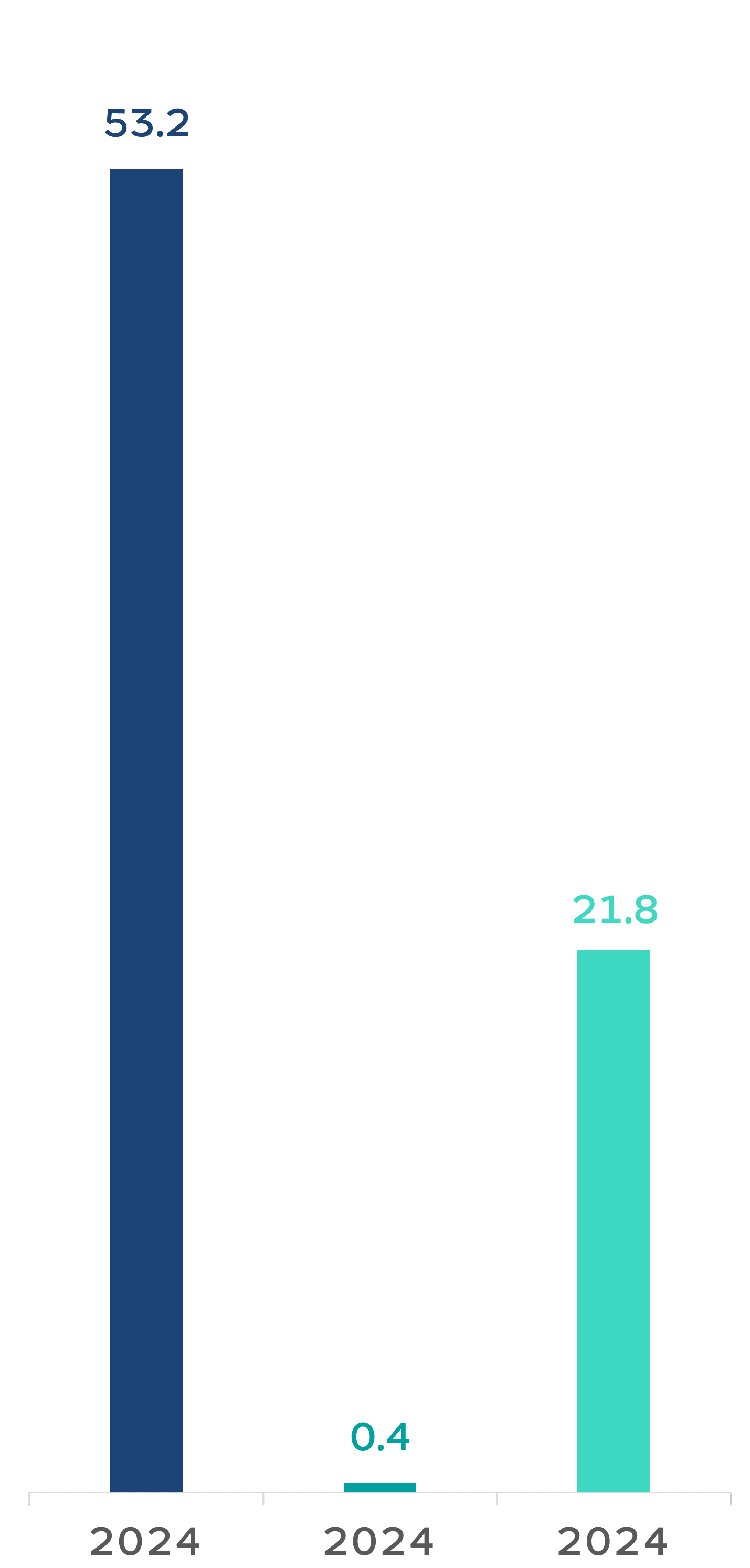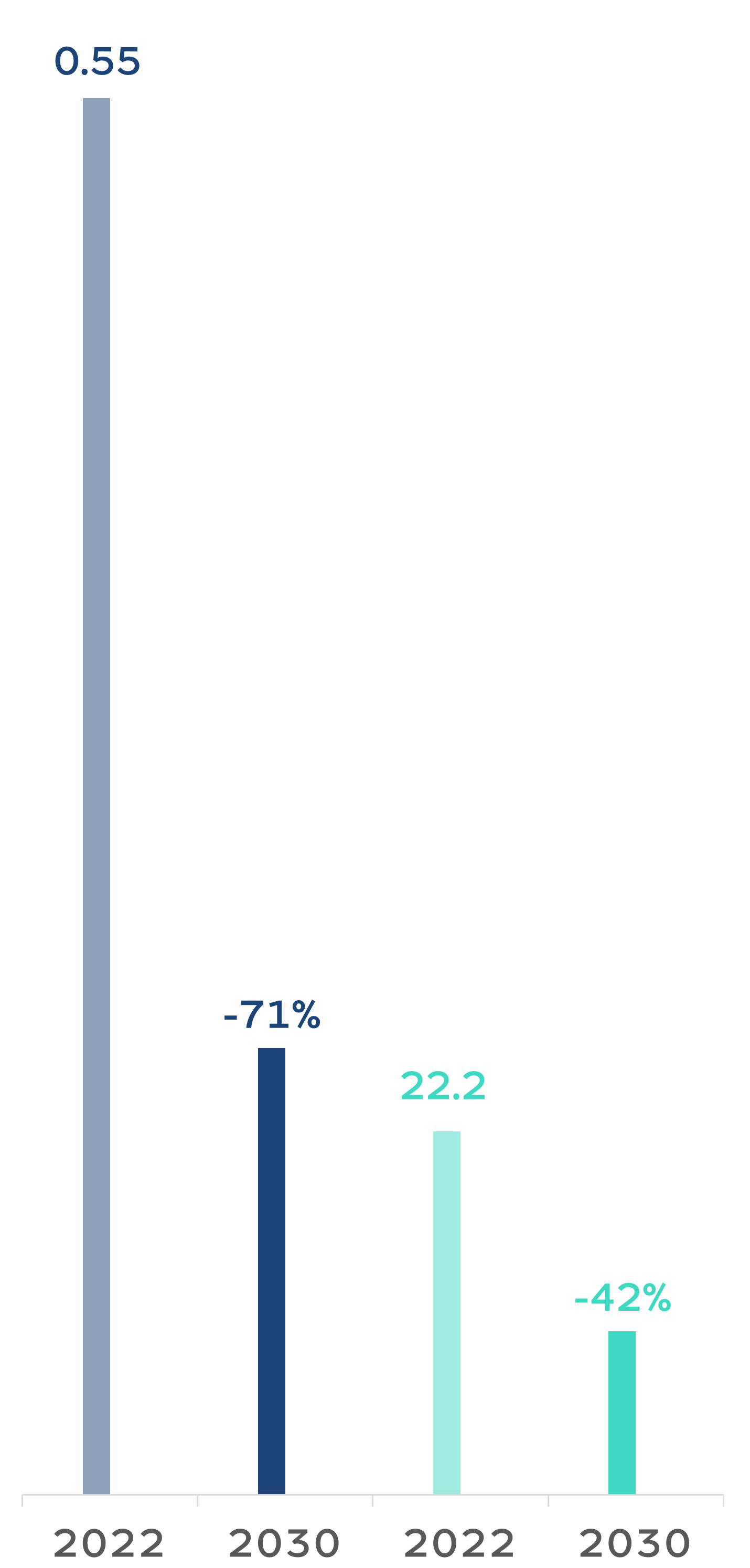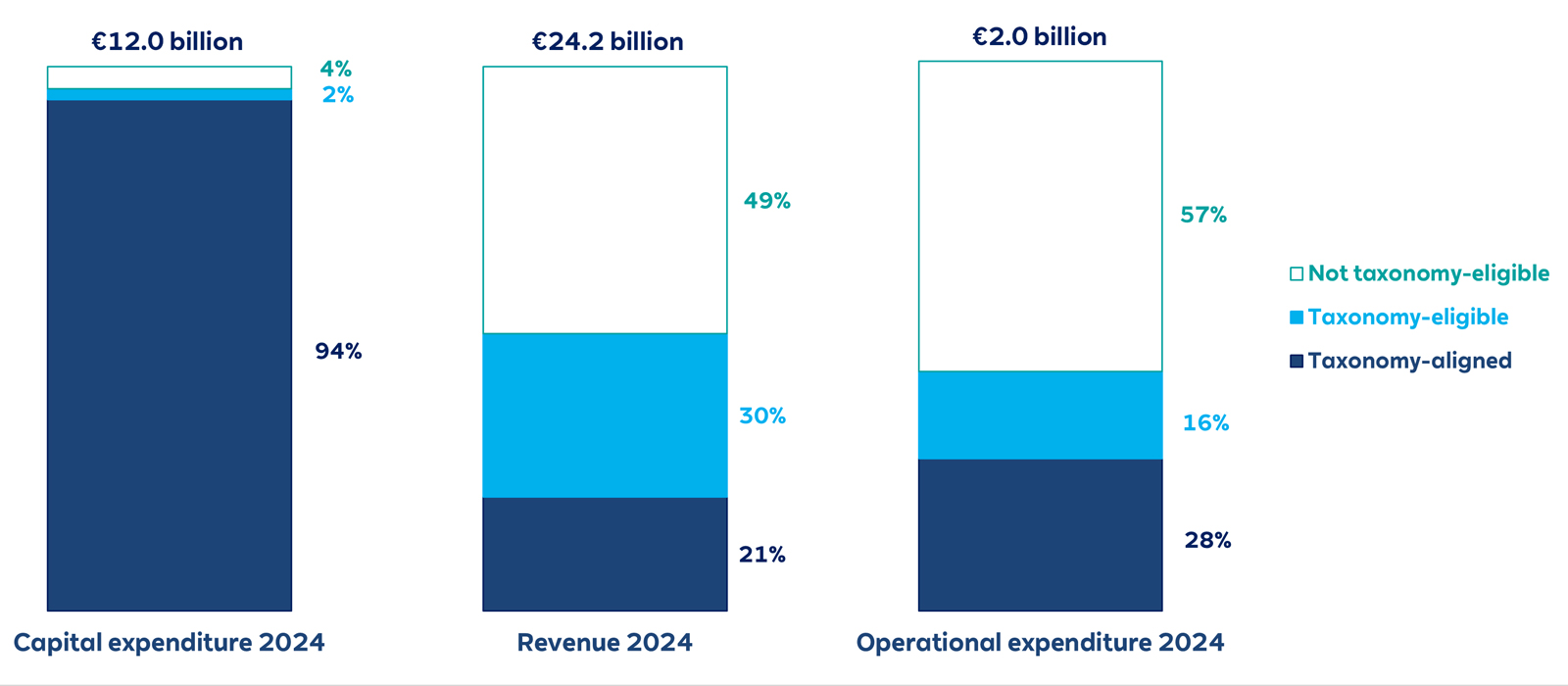We are committed to the goals of the Paris Climate Agreement, which aims to limit global warming to a maximum of 1.5 degrees Celsius above pre-industrial levels. We want to achieve net-zero emissions by 2040. On the way to this goal, we have set ourselves climate targets for our direct and indirect emissions. In our decarbonisation efforts, we are focusing on reducing our emissions along the entire value chain, e.g. by phasing out lignite-based power generation earlier than planned. At the end of 2024, the Science Based Targets initiative (SBTi) confirmed that our targets are in line with the 1.5 degree target. This is the second time that RWE's climate targets have been validated by the SBTi. The SBTi is an international climate protection initiative that provides companies with detailed standards for setting targets to limit the global temperature increase.


Scope 3
Emissions from our upstream and downstream value chains
Scope 2
Emissions from our purchased and consumed energy
Scope 1
Emissions from our operating activities
CO2 equivalents (CO2e) in million metric tons; CO2e is a unit of measurement used to standardise the climate effects of various greenhouse gases.


Scope 3
Emissions from our upstream and downstream value chains
Scope 2
Emissions from our purchased and consumed energy
Scope 1
Emissions from our operating activities
CO2 equivalents (CO2e) in million metric tons; CO2e is a unit of measurement used to standardise the climate effects of various greenhouse gases.


Scope 3
Overall reduction target for emissions from our upstream and downstream value chains
Scope 1 & 2
Relative reduction target per MWh of power generated for emissions from our operating activities and emissions from our purchased and consumed energy
The baseline year for our emission reduction targets is fiscal 2022. Baseline year and target values are subject to validation by the Science Based Targets initiative.







